
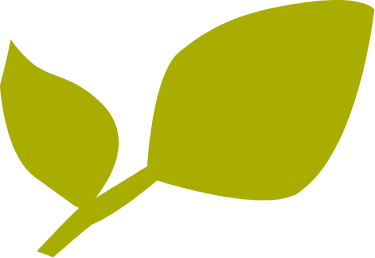



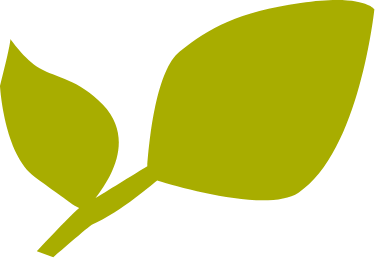





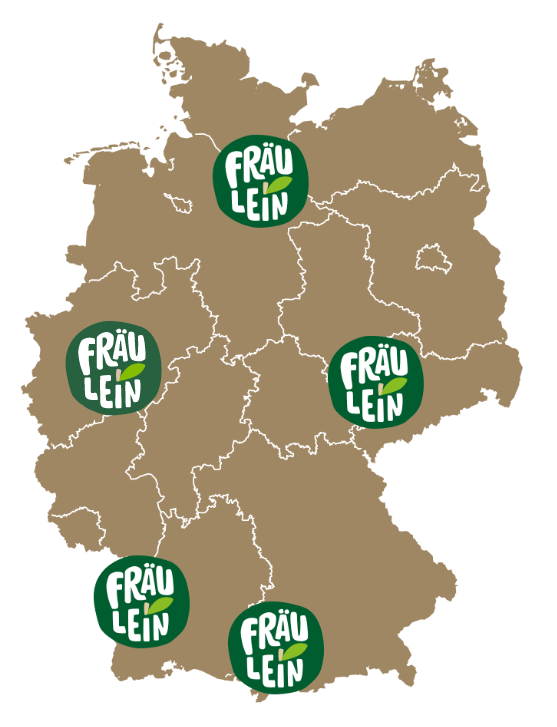
Fräulein grows practically right where you want to eat it: in one of the five largest growing regions in Germany. The apple trees are located in the north (Altes Land), in the south (Lake Constance and Baden), in the east (Saxony), and in the west (Rhineland). Regional cultivation and distribution are what make our apple discovery stand out. Discover all the growing areas of your favorite apple.
Not only animals but also trees go into a “winter hibernation”. In autumn, when the leaves change color, the trees extract as many useful substances from them as possible. These substances are stored to be used during the winter.
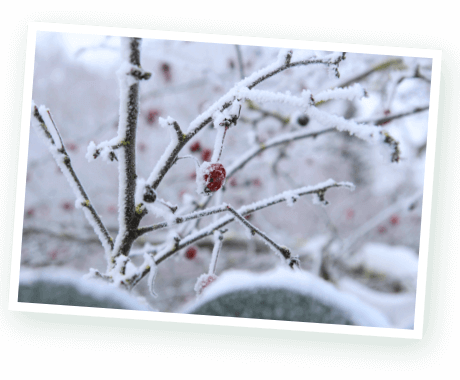
When the sun is shining and temperatures are rising, the bees and bumblebees start their work. Because when the apple trees blossom pink, the insects fly from blossom to blossom. They collect nectar for their colony and ensure thorough pollination along the way.
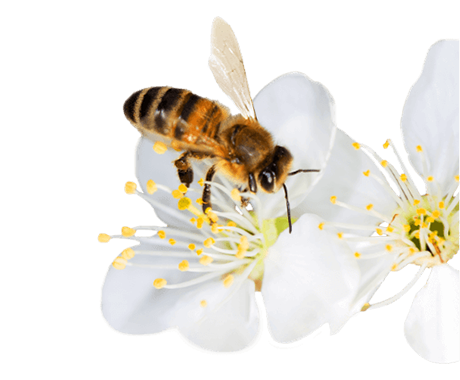
For fruit growers, high biodiversity is important. This is why they protect nature and look after beneficial insects such as ladybugs or earwigs. These eat leaf lice and other pests. In addition, many farmers also set up perches for birds of prey, which help regulate the population of field mice and voles.
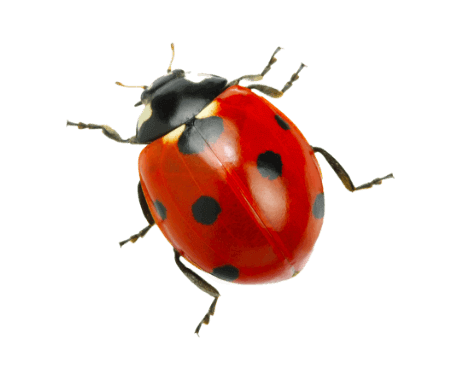
In addition to pruning and plant protection, fruit care with frost protection sprinkling is also one of the important measures in the plantations. If temperatures drop below freezing in the spring, the blossoms are sprinkled with a fine mist of water. A layer of ice then forms around the sensitive blossoms and protects them.
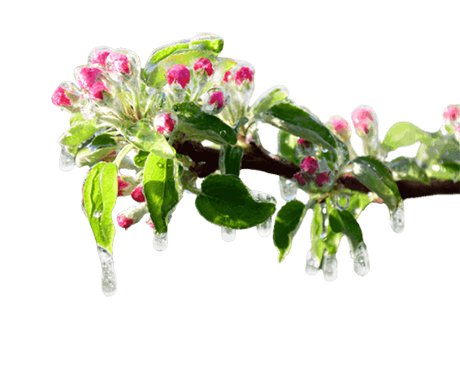
To determine the exact harvest time, fruit growers regularly measure starch breakdown, sugar content, and flesh firmness in the apple. Yet the most important thing, of course, is the taste test directly on site. If everything fits, Fräulein is ready to be plucked.
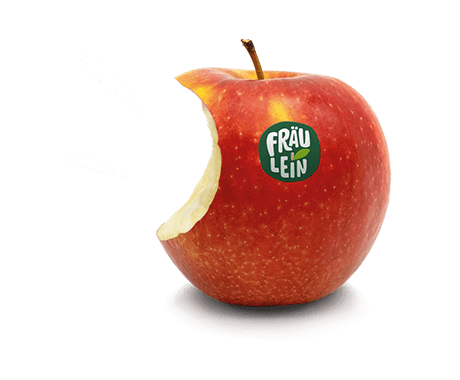
To ensure that Fräulein stays fresh for a long time, the apples are placed in something like hibernation. Cooled and with low oxygen concentration, the quality and therefore the taste is preserved.
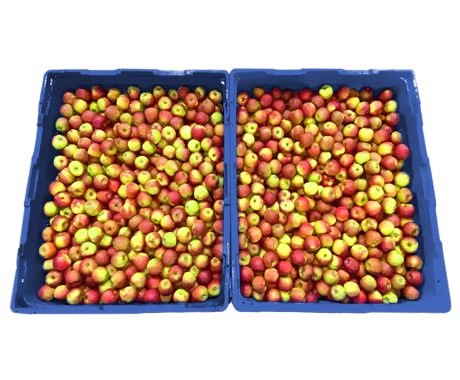
The apples are sorted by color, size, and weight. Only apples with the best quality are put on the market. Puree, as well as juice, are produced from the rejected apples.
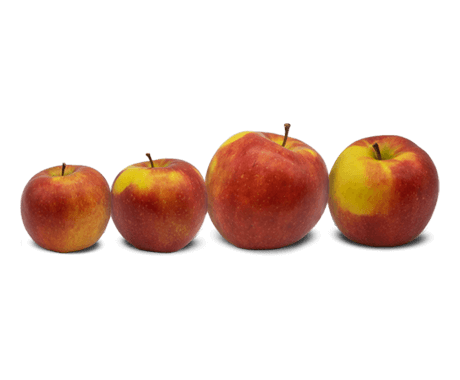
Fräulein is sold mostly in sustainable packaging. Among other things, these are made of cardboard. But you can also buy Fräulein separately and put as many as you want in your basket.
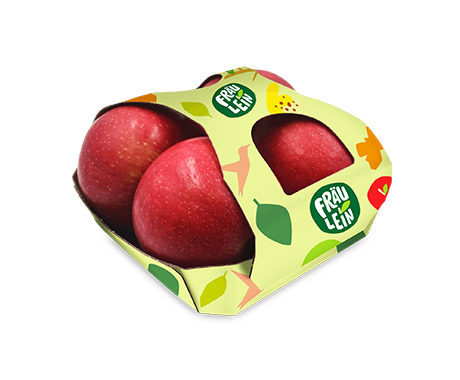
Fräulein is grown in the five largest and most important regions throughout Germany. So the apples never have a long journey to get to you.
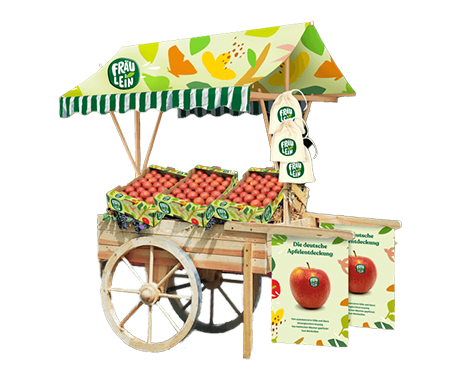
In the unlikely event that you don’t eat Fräulein right away, the best way to store the apples is in the vegetable compartment of the refrigerator. There they will stay fresh and crisp for a long time.
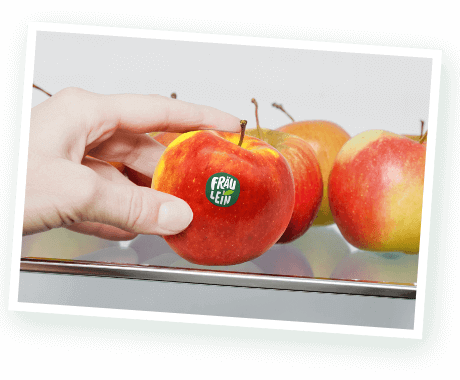
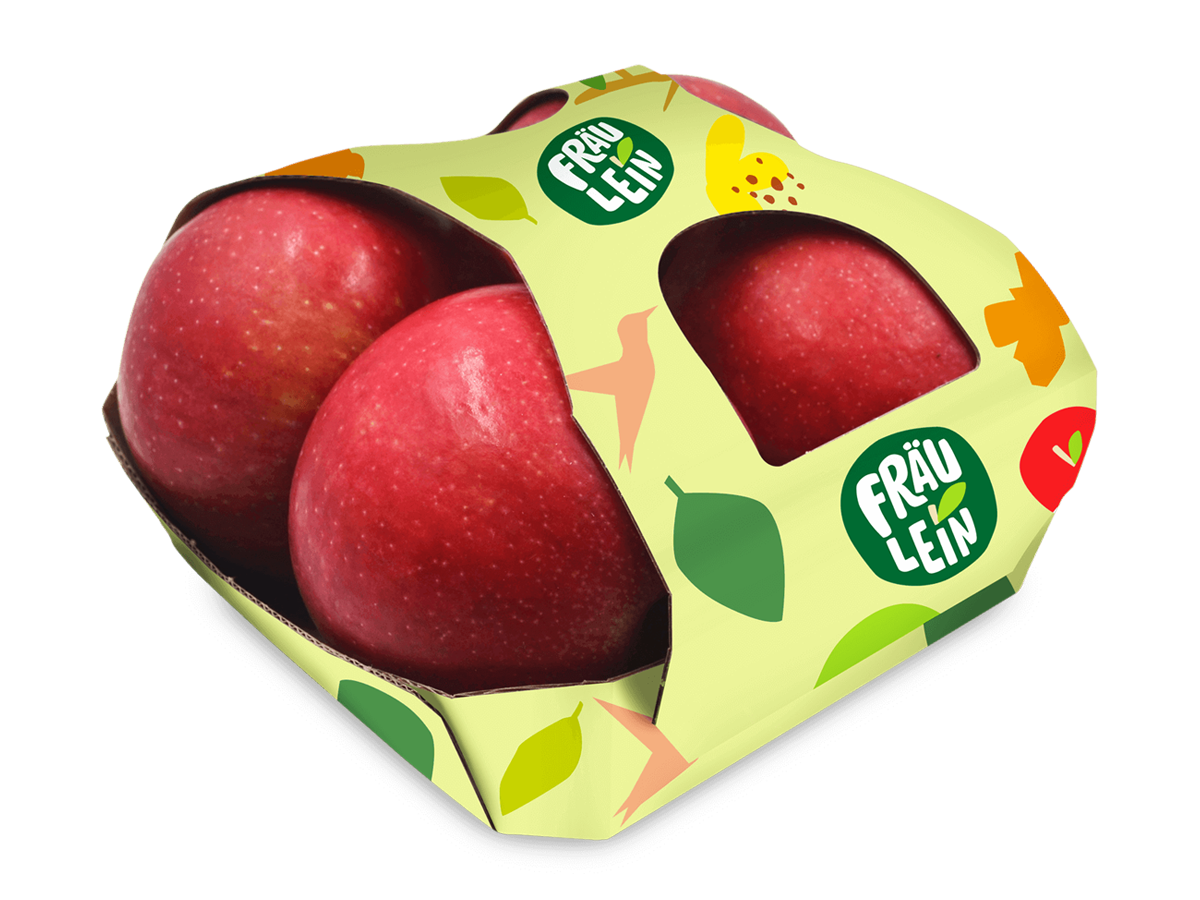
4-pack of cardboard
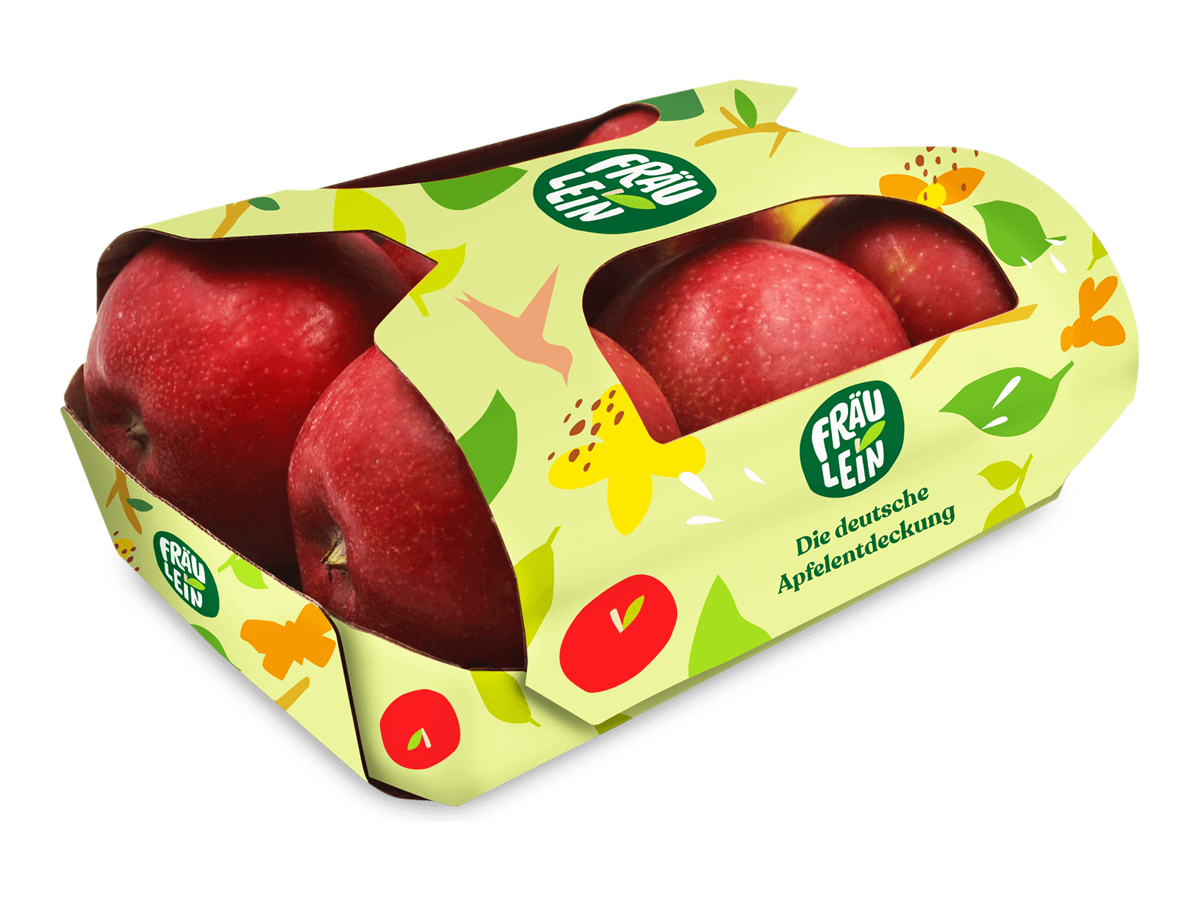
6-pack of cardboard
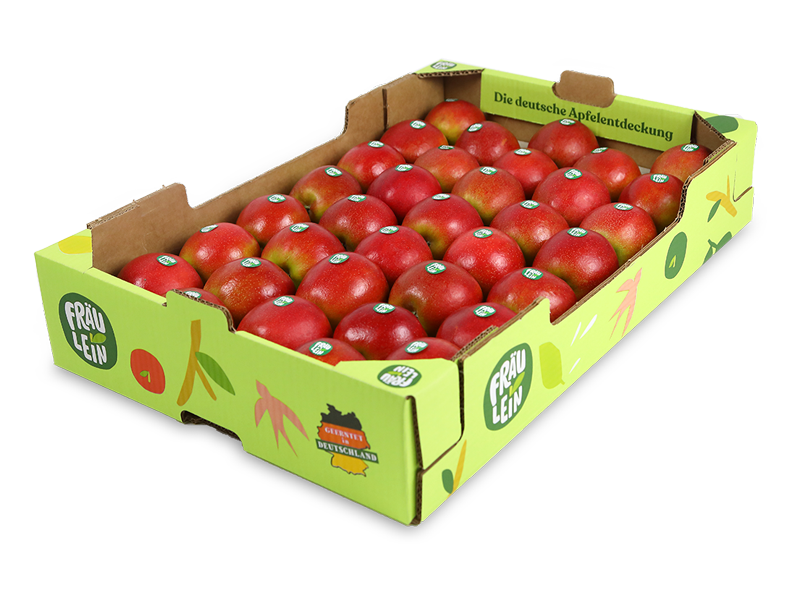
Laying crates